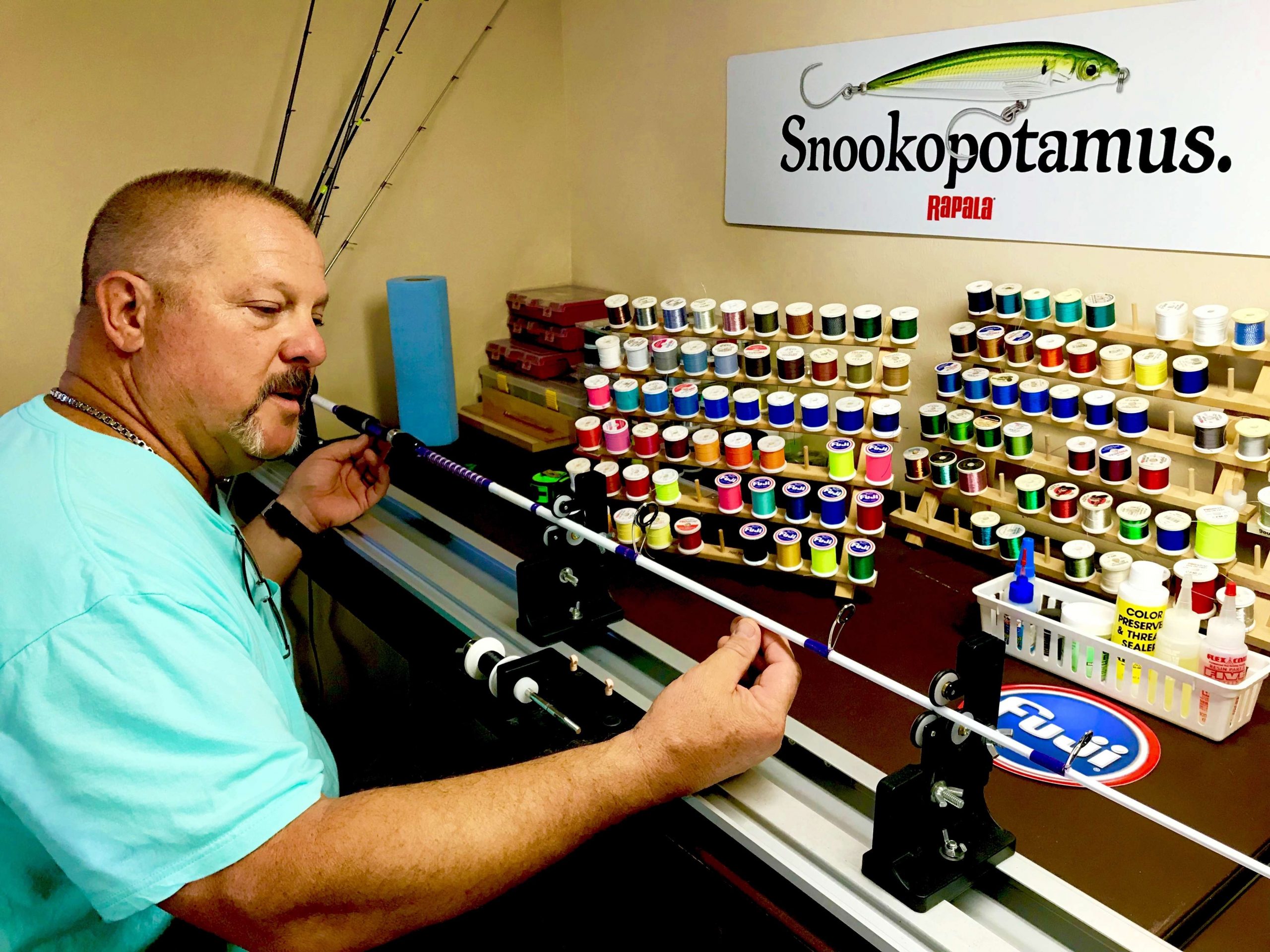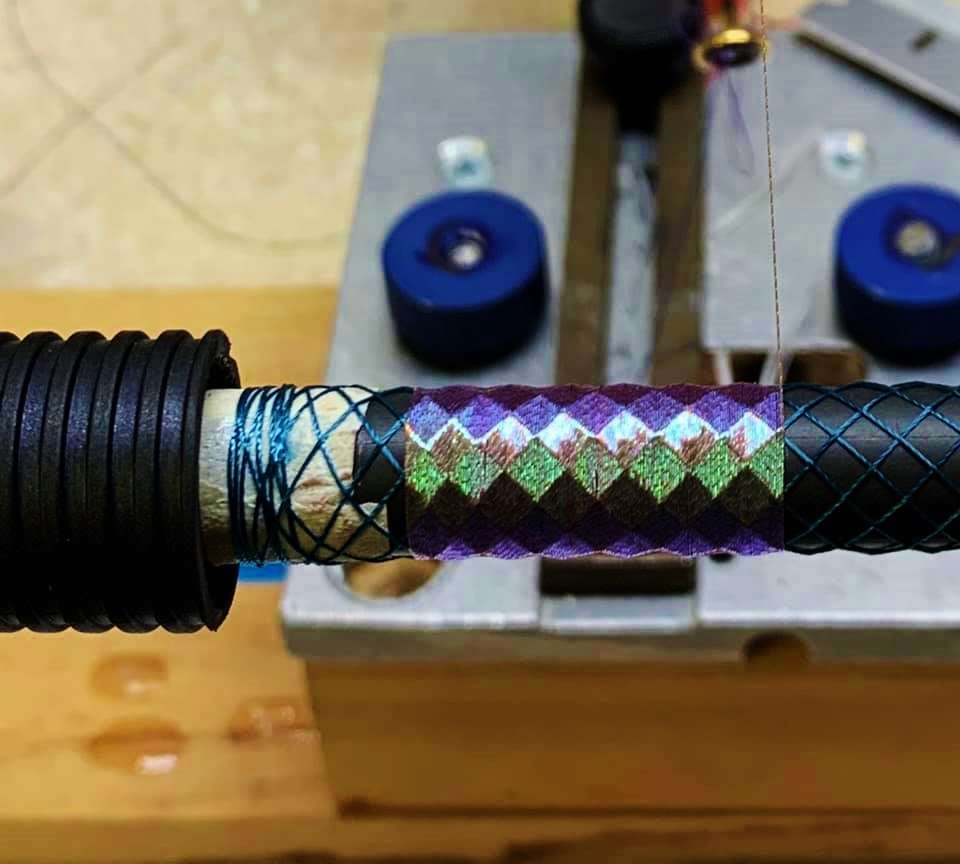
It doesn’t matter if you’re looking at a rack of rods at your local tackle shop or those offered by an online retailer. Chances are good that at least some of the parts and pieces used to construct those rods were made by Fuji — the world’s top producer of rod components.
Fuji has been in business for decades, leading the way in innovation and product development since the beginning. And through their advancements in materials and technology, today’s rod builders have a wide range of options in the components they choose. About the only thing they don’t offer are rod blanks themselves.
Regal brands like Loomis, Shimano, St. Croix, Falcon, Lamiglas — all rely on Fuji’s guides, reel seats, grips and other components to ensure superior quality and functionality in the products they offer. And the same goes for smaller independents who produce high-end custom rods.
Production vs. custom
According to Jim Ising, marketing director for Anglers Resource (North American distributors for Fuji), purchases made by small builders versus large manufacturers has been about equal, but the scales are beginning to tilt.
Ising states, “For the most part, our business has been split 50 percent with factories, 50 percent custom builders. But we’re seeing a slight increase with custom builders in recent years,”
He believes two factors are the reason for the swing. One includes Mud Hole, a major wholesale/retail supplier of rod-building materials. The other is how factories are pricing their high-end rods.
“Mud Hole has done a fantastic job of promoting the hobby,” says Ising.” They do Facebook Live events, conduct rod-building classes nationwide, and they have a tremendous amount of resources. They’ve grown the market like no one before. And now that factories are pricing their upper-end rods in the $450 to $550 range, consumers are realizing they can get a really nice custom rod for the same money.”
For many anglers, however, rods off the shelf make more sense. They’re readily available, and the better ones come in good actions with quality components and strong warranties. That’s not to say custom builders don’t warranty their work. Most do. But replacement can and usually takes time, whereas a broken production rod can, oftentimes, be replaced over the counter.

Other considerations
The biggest advantage to custom rods is that they can be built to the angler’s exact specifications — everything from action, length, materials … even the color and graphics used in the wraps and certain components. And that’s how many skilled independent builders separate themselves. Chris Curtis, Bill Falconer and Milt deReyna are three of the best in the business.
Chris Curtis has been building rods for more than 30 years. In that time, he has developed his own unique style of custom handles and grips. Working in high-grade acrylics, he blends true art with durable, functioning materials.
Falconer offers his customers unique options in materials and workmanship. His carbon-fiber handles and textured “dragon scale” wraps have a 3D quality that can be customized in an almost endless variety of pigments and patterns.
Milt deReyna is an absolute magician with thread. His intricate wrapping patterns are mind boggling and beautiful. So impressive, in fact, it’s difficult for some to put his rods to the test … for fear of ruining their aesthetics.
Although these three builders are different in their style and approach, they have a common denominator — they use Fuji components.
My take
I’m a huge fan of these and other skilled rod builders. Their talents are so impressive it’s easy to lose sight of the fact that their rods are intended to be fished.
While I’m a strong proponent of custom-made rods, in truth, most of what I fish with are production models. I’m on the water as much as 150 days a year, and I’m hard on my equipment. So, for my needs, the consistency and availability of production rods makes more sense.
That said, I do own some customs. And I like them for certain applications. But across the board, most of what I fish with are Shimano’s Expride series rods. They may not have fancy wraps or graphics, but they are well made, and I know exactly how the models I’m using will perform.
And I can certainly appreciate the “art” in outstanding functionality.
Follow Bernie Schultz on Facebook or through his website.



